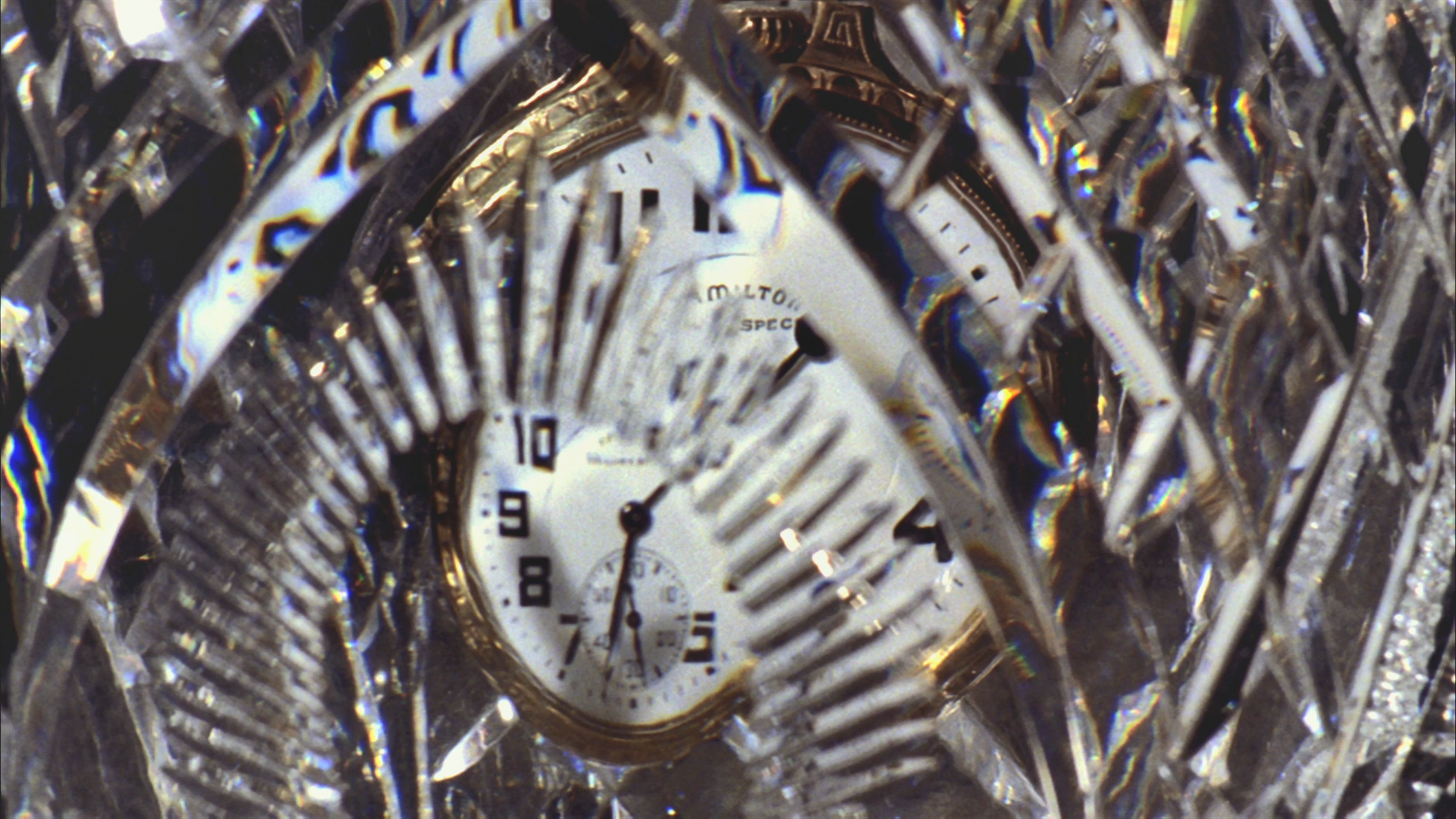Mysterious Blue Laser Lights Over Oxfordshire Explained as High-Speed Measurement Train

In May, the tranquil nights of Oxfordshire, England, were disrupted by an unusual sight that captured the attention of skywatchers and astronomy enthusiasts alike. Over two separate nights, a peculiar blue laser illuminated the skies, prompting questions and intrigue among those fortunate enough to witness the phenomenon. Astrophotographer and astronomy communicator Mary McIntyre was among the first to document the eerie display, capturing it on her specialized cameras designed for aurora-hunting.
On May 1, as the mysterious blue light sliced through the darkness, McIntyre initially speculated it might be a rare form of blue aurora. However, she quickly dismissed that idea upon noticing the laser's speed. “It just didn't fit with any other aurora we've seen during the 30 or so displays we've captured,” she explained in an email to Space.com.
Attempting to understand the source of the light, McIntyre considered various possibilities. Could it be a spotlight originating from a nearby RAF base, known to occasionally be used for film productions? This theory was soon discarded as the laser appeared to move too rapidly and erratically to be a simple spotlight. Furthermore, the timing of the occurrence, which took place in the early hours of the morning rather than during typical evening festivities, eliminated the idea of some festival lights contributing to the spectacle.
As the days passed, McIntyre shared the footage with her husband, who then reached out to friends within the astronomy community. It was through this networking that an explanation finally emerged. The enigmatic blue beams were traced back to a specialized train known for its high-speed measurements of railway tracks. Officially named the New Measurement Train (NMT), its bright yellow exterior has earned it the humorous moniker “Flying Banana.” This train operates at astonishing speeds of up to 125 mph and utilizes lasers to gather critical track condition data.
When McIntyre witnessed the blue light again in the early hours of May 29, her excitement was palpable. “I couldn't believe it when I spotted it on our cameras again!” she exclaimed. However, despite the thrill of the discovery, she expressed a tinge of disappointment. “While it looks very cool, it's also a shame to have yet another thing that's polluting the night sky,” lamented McIntyre, reflecting a growing concern among astronomers regarding the increasing prevalence of artificial lights affecting the natural beauty of the night sky.

















